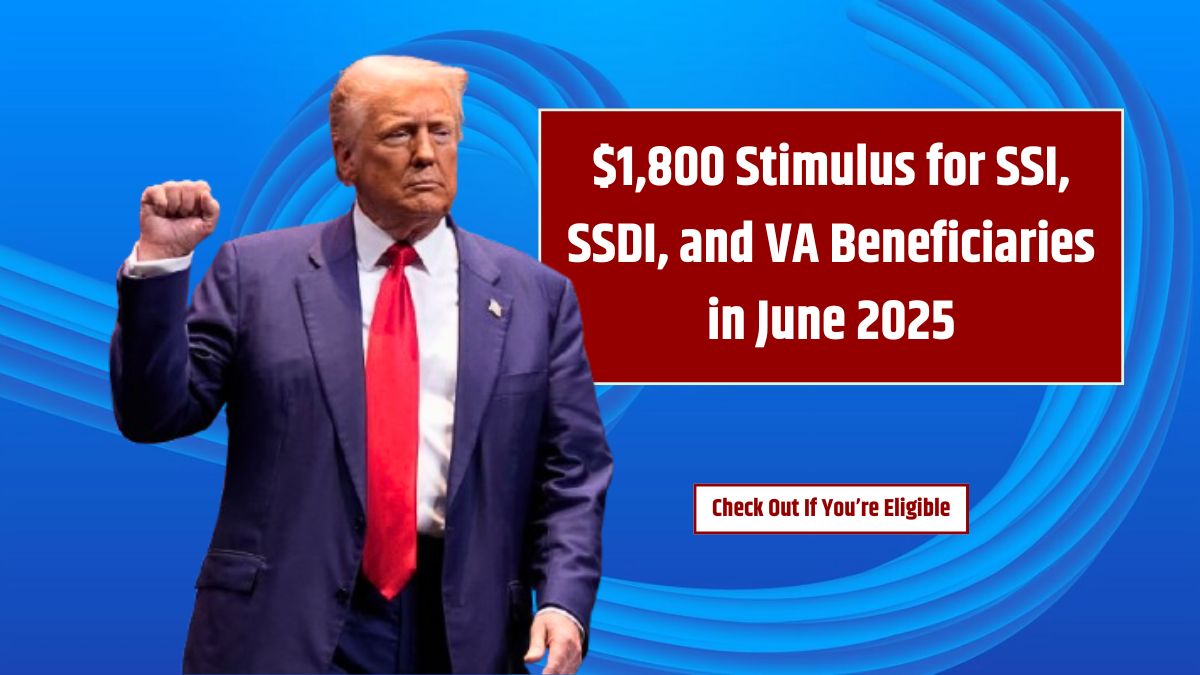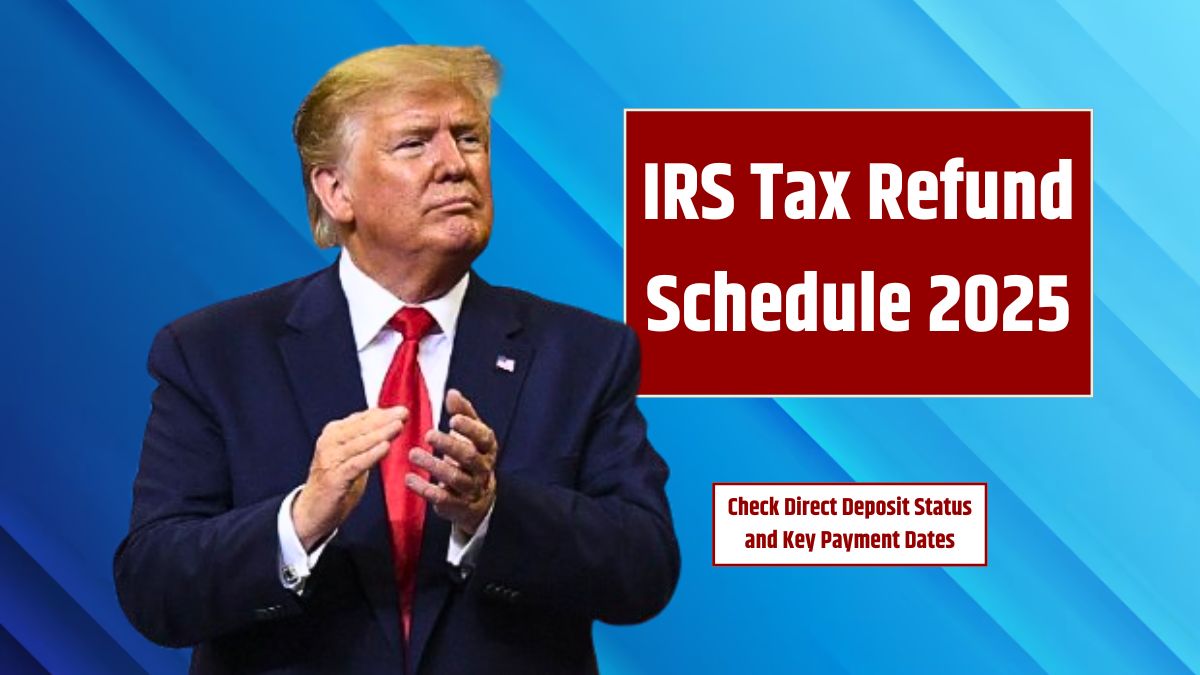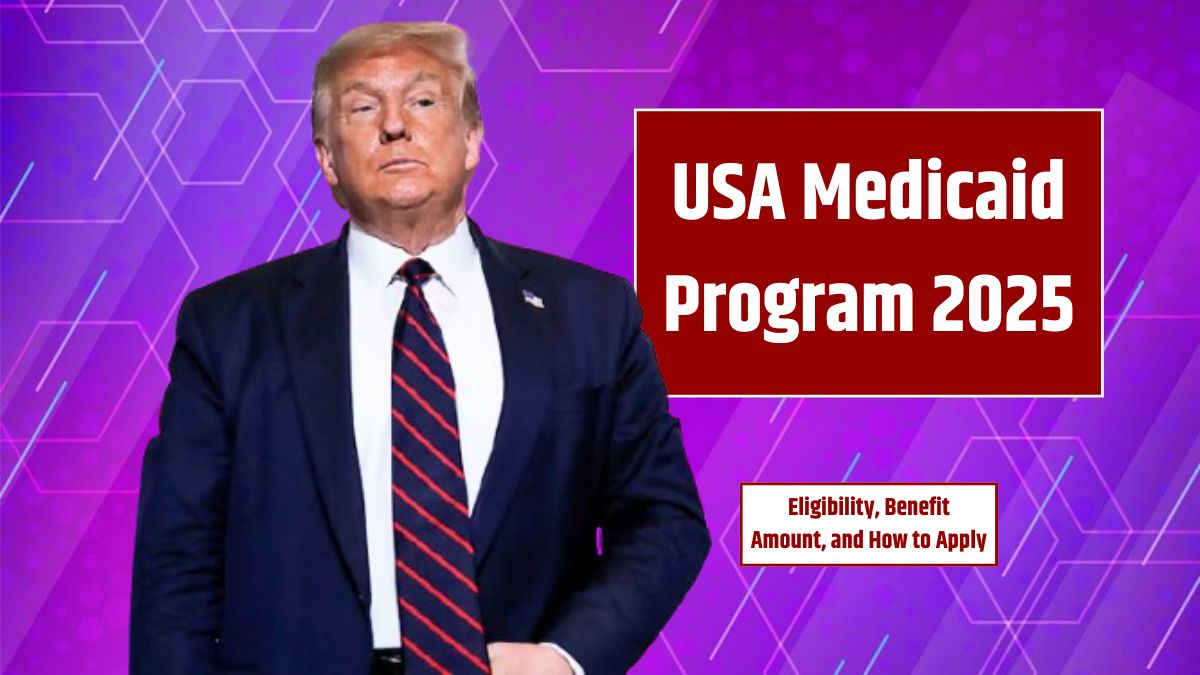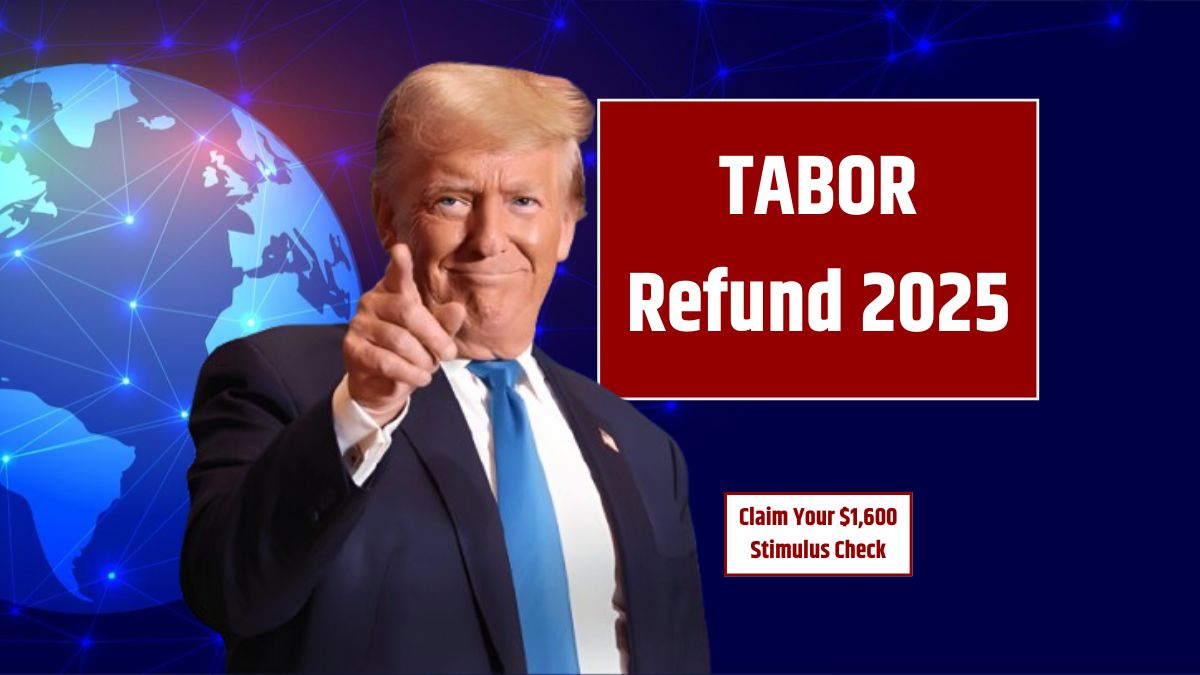A proposed $2,500 stimulus payment for June 2025 is making headlines and sparking plenty of conversation. From social media chatter to political debate, Americans are eager to know: is this payment actually happening, who would qualify, and when could it arrive?
While the idea sounds appealing, the reality is that this payment is still just a proposal—tied to the controversial “DOGE Dividend” initiative. So, what’s the truth behind this potential payment? Let’s break it all down in simple terms so you can know what’s real, what’s speculation, and how to get ready just in case.
Overview
The potential $2,500 stimulus check is part of a much-discussed government efficiency initiative. Here’s a quick breakdown of what’s known so far:
| Topic | Details |
|---|---|
| Amount | Proposed $2,500 per eligible taxpayer |
| Current Status | Not yet approved (as of April 2025) |
| Eligibility | Taxpayers with net federal income tax liability |
| Exclusions | Non-taxpayers, dependents, retirees without tax liability |
| Distribution Method | Direct deposit, mailed check, or prepaid debit card |
| Related Proposal | DOGE Dividend Initiative under government review |
| Estimated Reach | Up to 60 million taxpayers |
| IRS Website | irs.gov |
Background
The $2,500 proposal isn’t your average stimulus check. It’s tied to a larger concept called the DOGE Dividend—an idea championed by Elon Musk and supported by former President Donald Trump. The core idea? Cut government waste, then give a portion of those savings back to the people.
So far, the Department of Government Efficiency (DOGE) claims it has helped eliminate $155 billion in waste. But without official approval from Congress, the $2,500 payment is still just that—a proposal.
Eligibility
If the DOGE Dividend were approved, here’s who would likely qualify:
Eligible:
- Filed a 2023 or 2024 federal tax return
- Paid at least some federal income tax
- Hold a valid Social Security Number
- Not claimed as a dependent on another return
Not Eligible:
- People with zero net tax liability
- Retirees living only on Social Security or SSI
- Full-time dependents (students or children)
- Individuals in IRS tax disputes
This makes the proposal more targeted than past relief efforts like the CARES Act, which had broader qualifications.
Timing
There’s no official distribution date yet, but here’s a realistic timeline if the law passed in June:
- Direct Deposit: As early as mid-June 2025
- Paper Check / Debit Card: Late June to early July 2025
The IRS would rely on the latest tax return data to issue payments, much like it did with earlier stimulus rounds.
Preparation
While this program isn’t official yet, it doesn’t hurt to be prepared. Here’s how:
1. File Your Tax Return:
Make sure your 2023 and 2024 returns are filed. If you’re missing either, do it soon. No return, no payment.
2. Update Direct Deposit Info:
Banking errors caused delays in past payments. Double-check your routing and account numbers.
3. Be Scam Smart:
Scammers love fake stimulus alerts. Don’t click sketchy links or respond to random messages. The IRS doesn’t contact you by text or social media.
Alternatives
Even if the $2,500 payment doesn’t happen, there are still ways to get financial help in 2025:
1. Unclaimed $1,400 Rebate (2021):
If you missed your third stimulus payment, you can still claim it through the Recovery Rebate Credit by filing your 2021 return by June 17, 2025.
2. State Stimulus and Credits:
Several states are offering their own programs:
| State | Relief Offered |
|---|---|
| California | $725/month for low-income families (Sacramento) |
| Colorado | TABOR refunds up to $1,130 |
| New Mexico | Income-based tax rebates |
| New York, PA | Expanded Earned Income Credits and rebates |
Check with your state’s tax department to see what’s available.
Expert Opinions
Not everyone’s sold on the DOGE Dividend. Economic policy experts argue that the proposal, while creative, could leave out millions of low-income households. Since it’s tied to tax liability, the people who need it most might not qualify.
And then there’s the political angle—critics claim the plan prioritizes showy payouts over sustainable reform. Even supporters admit that unless Congress acts fast, the June payout is more fantasy than reality.
That said, don’t tune it out entirely. The conversation is heating up, and with $155 billion in savings on the table, the pressure to “do something” is real.
So, is $2,500 coming to your mailbox or bank account? Not yet. But stay alert, file your taxes, and watch the headlines. Whether this one pans out or not, there’s still plenty of financial help out there if you know where to look.
FAQs
Is the $2,500 stimulus confirmed?
No, it’s still a proposal and not yet approved by Congress.
Who qualifies if it passes?
Taxpayers with net income tax liability who filed in 2023 or 2024.
When could the money arrive?
If approved, earliest payments could be in mid-to-late June 2025.
What is the DOGE Dividend?
A proposed federal rebate funded by cutting government waste.
Are there other relief options?
Yes, state stimulus programs and unclaimed tax credits still exist.










